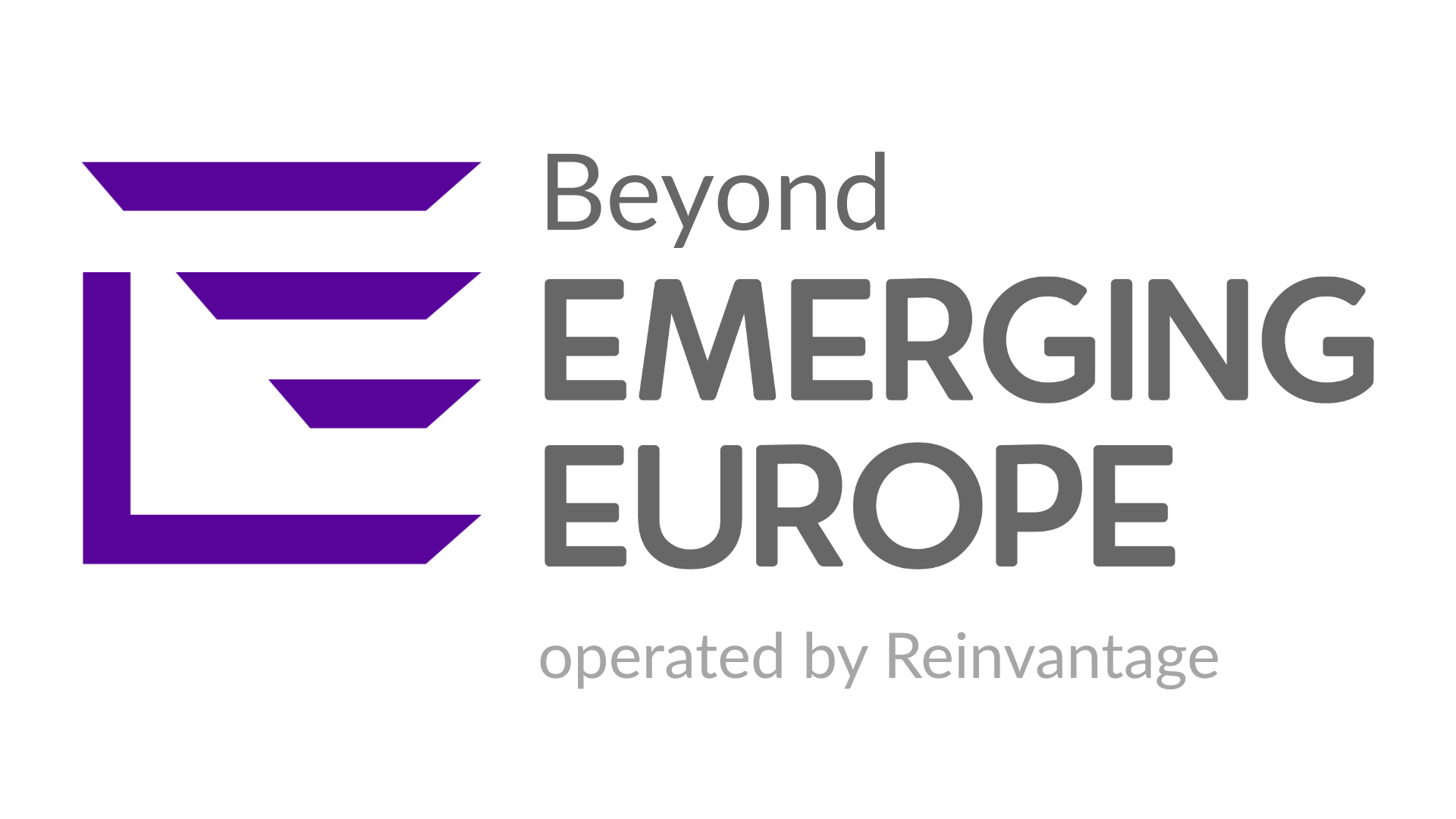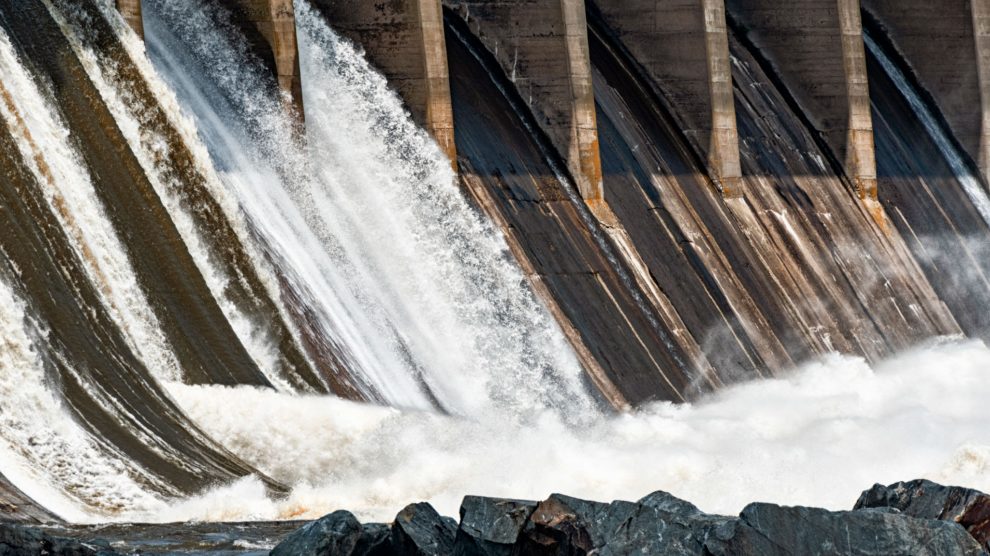In an era of geopolitical challenges and unpredictability, energy security in Europe has turned an important corner.
The world’s energy needs are always evolving, and recent political and economic developments in key global markets have once again sparked a monumental shift in our energy landscape.
In the United States, the incoming administration has vowed to increase gas production in a bid to lower energy prices and reduce dependency on resources from abroad. In Europe, continued disruptions in supply are causing uncertainty and undermining economic growth, driving many to question the viability of an energy transition undertaken amidst instability.
Needless to say, the issues of energy security and affordability are once again at the top of agenda. But while many may claim that such priorities are incompatible with our necessary pursuit of sustainability and decarbonisation, it seems that European leadership remains committed to aggressively expanding clean energy. In fact, it is a central part of their strategy to ensure long-term energy resilience and stability.
Alternative energy is now a misnomer
Last week, the European Commission unveiled the first draft of its much-anticipated Clean Industrial Deal, a multi-year strategy to transform the EU’s traditional energy-intensive industries and support emerging clean technology enterprises. The ambitious plan builds on significant efforts by EU lawmakers to accelerate an energy transition across key sectors, embodied by the historic European Green Deal – the results of which have already pushed Europe into a position of leadership on decarbonisation and emissions reduction.
According to Eurelectric, the association that represents the European electricity industry, the EU achieved its cleanest ever power generation mix in 2024. Emissions were down almost 60 per cent compared to 1990 levels, driven by a surge in renewables. Wind sources generated more power across the EU in 2024 than all sources of natural gas combined, whilst electricity generation from hydro and solar sources skyrocketed.
To call these energy sources ‘alternatives’ is perhaps now a misnomer. In 2024, they were responsible for almost half of the EU’s power generation mix, dwarfing the proportion provided by either nuclear or fossil fuels. And of these green options, it is arguably hydropower that has the most exciting potential in Europe and beyond.
The energy think tank Ember estimates that some 17 per cent of Europe’s electricity was generated by hydro in 2024, a historically large portion of the power generation mix. Its growing popularity is fundamentally due to its dispatchable nature, meaning it can be distributed when needed across power grids, unlike the intermittency of wind and solar production.
But this growing popularity is also due to innovative new technologies that are making hydropower solutions more accessible, affordable, and easily deployable.
Solutions through innovation
The Belgian company Turbulent, not yet a decade old, is at the forefront of current technological innovation in hydropower. It develops decentralised and damless water turbines for rivers or canals with small drops, using vortex turbines to provide a resilient and eco-friendly source of energy.
Designed with easy installation and low maintenance in mind, Turbulent is able to keep its carbon footprint minimal as it requires less steel and concrete than most other electricity generation technologies. And its unique turbine design ensures all fish and aquatic life can continue to use the waterway unharmed.
A perfect example of how innovation can help resolve the energy trilemma between energy security, affordability, and sustainability, Turbulent is rapidly earning global recognition for its groundbreaking work.
In January, CEO Walter Buydens was in Abu Dhabi to celebrate the company’s nomination as a finalist for the UAE’s Zayed Sustainability Prize, a global pioneering award which recognises the world’s most promising and impactful sustainability solutions. Part of an impressive cohort of finalists, Turbulent ‘s leadership stood alongside fellow energy and climate innovators who had answered a call for cutting-edge projects capable of accelerating tangible change in key sectors – a call which has just launched again for 2026.
Turning the corner
With similar projects and technological breakthrough emerging across Europe, signs point to a continuation of the remarkable energy transformation that has unfolded in recent years. The EU’s energy dependency on third countries was a regular topic of conversation in my time as a German diplomat. In 2021, the EU imported nearly half of its gas and coal. Just four years later, these figures are fast approaching zero.
While domestic and imported fossil fuels will remain in the power generation mix for at least the short-term, the trend towards green alternatives is unmistakeable.
This year should see renewables providing the majority of the EU’s power, and I wouldn’t be surprised if hydropower—through a combination of traditional, centralised installations and the smaller, decentralised installations designed by the likes of Turbulent—was responsible for at least a quarter of that clean energy.
In an era of geopolitical challenges and unpredictability, energy security in Europe has turned an important corner. It is no longer part of a binary choice between economic growth and sustainability, but rather another positive consequence of the clean energy innovation that is sweeping across the continent.
At Emerging Europe, we use an integrated approach centred around market intelligence to help organisations understand trends and strategically position themselves for success.
Learn how our solutions can help you thrive in the region:
Company and Services Overview | Strategic Advantage.


Add Comment